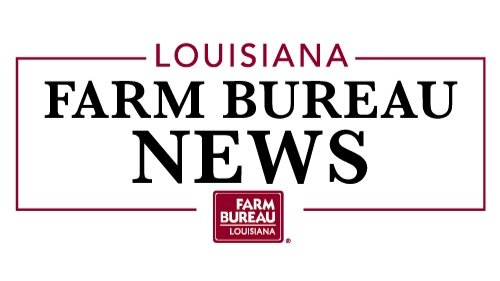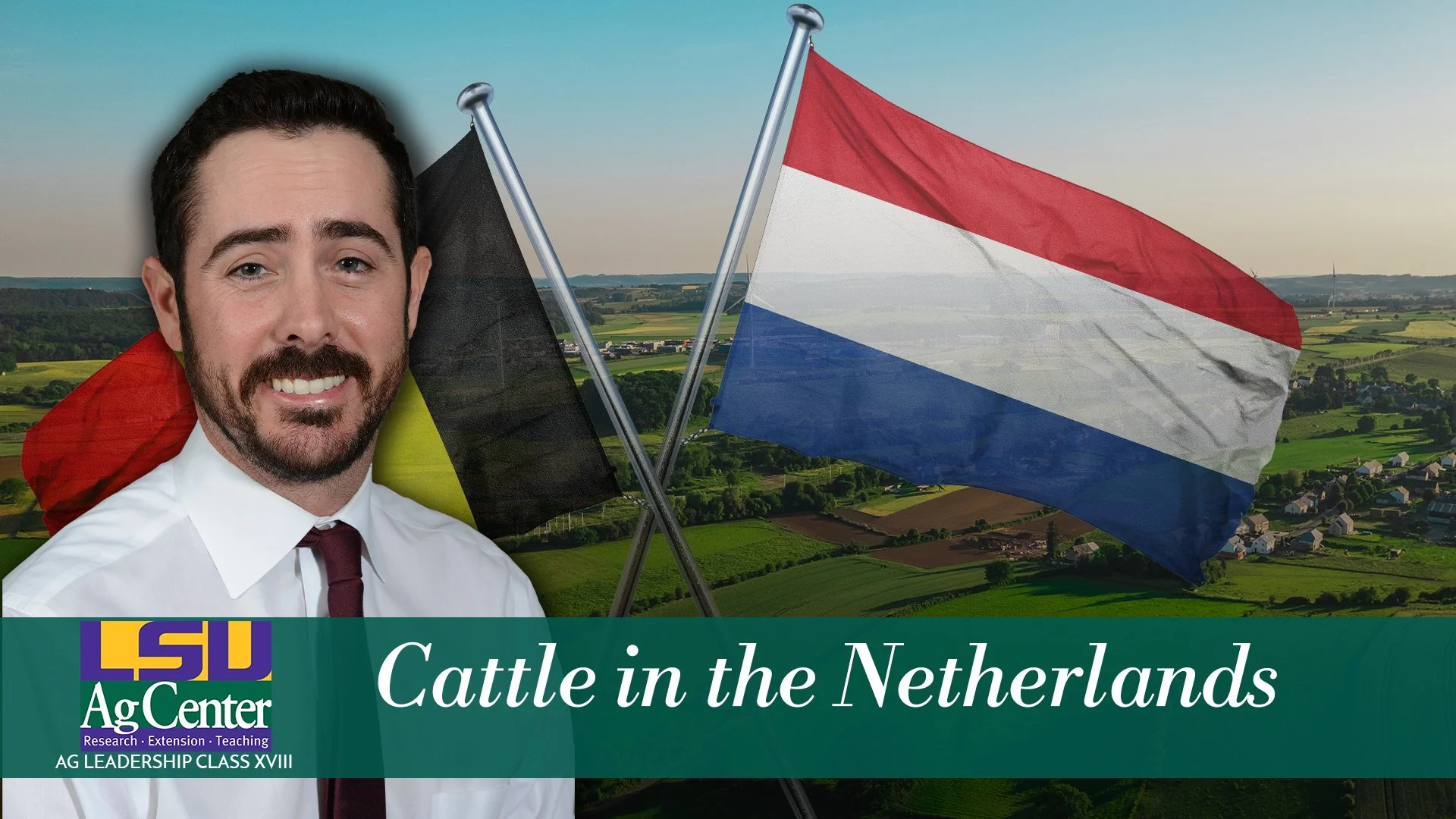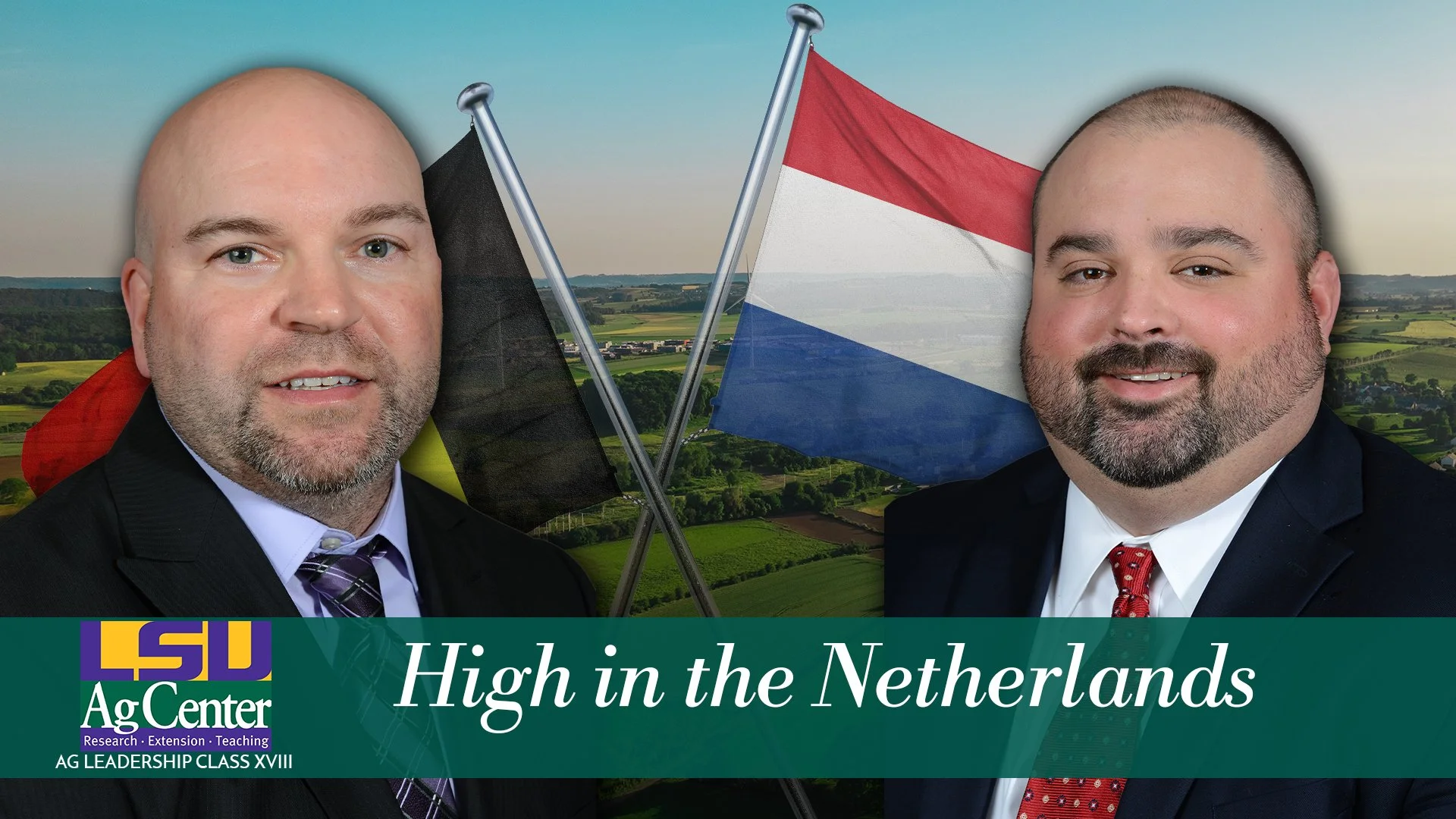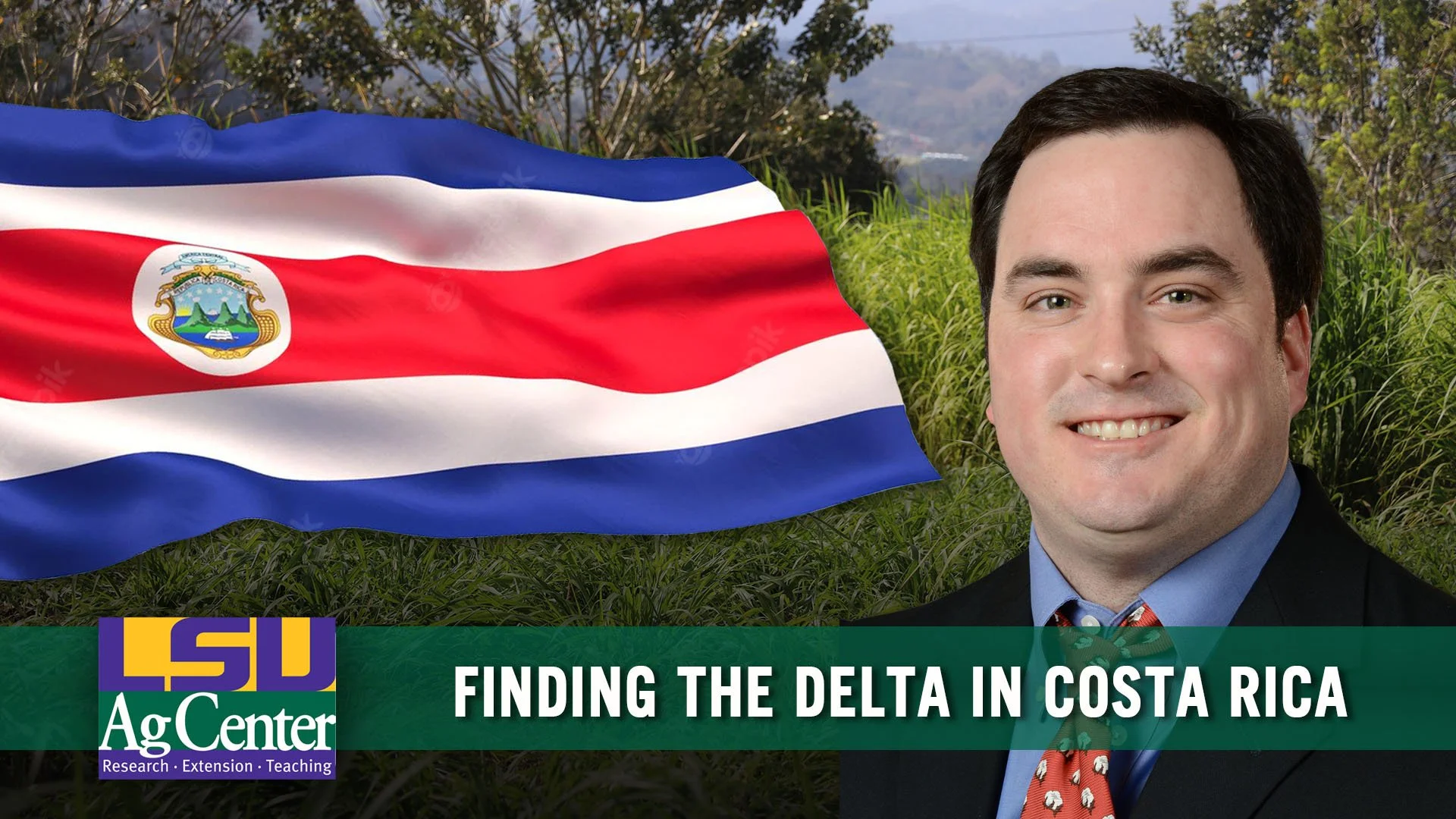“There’s fashion in flowers” our guide explained to us. Flower growers are just like other agricultural producers; they choose varieties based on disease resistance, growing conditions, and yield, but with flowers there is another variable in the equation- fashion. What was fashionable in arrangements two years ago, may not be in vogue now.
Read MoreI’ve been excited for months to embark on our LSU Ag Leadership international trip to Belgium and the Netherlands. I looked forward to trying different foods, experiencing different cultures, and seeing a different approach to agriculture.
In my search for different, I’ve actually seen so many similarities. The Netherlands is smaller in area than Louisiana and contains 12 provinces. Each province is rich with its own culture. They may have a competitive nature between each province, but they are all proud to be Dutch. Sounds similar to Louisiana.
Read MoreThe Netherlands cattle industry is a key component of the country’s agricultural sector, with dairy farming as the dominant focus, supported by a strong beef industry. The sector is marked by high levels of productivity, advanced technology, and significant export potential.
Read MoreOur trip to the Netherlands and Belgium has been an eye-opening experience, offering us new perspectives on their agricultural practices. The contrast with the practices we’re familiar with in the United States is striking, though Louisiana agriculture seems to share some similarities with the Dutch system. Both regions benefit from rich, fertile soils, largely due to their proximity to water.
Read MoreAs the tour bus rounded the curve, we were transported back to the 1700s. Through gray clouds and rain, I could see several tall windmills scattered along a water canal. We had arrived at the village of Kinderdijk, a World Heritage site near Rotterdam where 19 original windmills built as early as 1740 still exist. World Heritage sites exist across the globe and are protected by international treaty and considered to be of great value to humanity.
Read MoreOur first stop upon returning to The Netherlands was Imants BV. They are a manufacturer of tillage equipment and have customers around the world.
We were given details of how their equipment can improve soil health. Leadership of the company takes particular pride in how they work with customers to understand their needs and helps determine what products would be the best solution.
Read MoreWhen you hear “Brussels,” what comes to mind? Do you think of the vegetable, as in Brussels sprouts? Maybe you think of Jean-Claude van Damme, the “Muscles from Brussels.” Or maybe your mind goes to the food of Belgium, like their waffles, chocolates, and French fries. Brussels is known for all these things, but it is also the de-facto capital of the European Union (EU).
Read MoreOn our first full day in Brussels we started the day with a sightseeing bus tour. We drove around for about 2 hours seeing all the beautiful buildings, churches and statues in downtown Brussels. We stopped to see the Atomium, a stainless steel landmark. We also stopped to see the King’s Palace. Once the bus tour was over we took a 15-minute walking tour through all kinds of little alleyways with shops, cafes, and chocolate stores. We passed through the Grand Place which is like their town center the architecture of the old buildings in that square were so beautiful.
Read MoreLSU’s Ag Leadership and Development’s Class XVIII is on the plane and getting ready to land in Europe for its 12-day international trip to Belgium and the Netherlands. I can’t believe this is the end of our two-year program. What started out as 26 strangers has now turned into a group of some of our closest friends, bonded through shared leadership experiences and growth.
Read MoreOne of the unique aspects of working for Ag Leadership is the opportunity to travel to other countries to see agriculture. Our program often does a scouting trip to our international destination a year prior to the class experience.
Read MoreWas I just tired? Did I just have brain fog, or was I actually traveling atop a mountain through the clouds? It was the latter or maybe all three. LSU Ag Leadership and Development Class XVII has just returned from its international trip to Panama and Costa Rica.
Read MoreAll apologies to The Bard for that paraphrased headline, but I am on a sugar rush from the pineapple I just had.
Here at the Organic Paradise pineapple farm in Sarapiqui, we just completed one of the most educational experiences of the trip for me, knowing nothing about its production. They took us from planting to exporting during this tour and by the end we knew not only how they’re produced, but the best way to pick a pineapple. More on that later.
Over the past 10 days we have seen many different agricultural operations from farms to research to markets throughout Panama and Costa Rica. Today, we got the privilege of going to Finca Don Juan, a fully organic farm to table operation. In my opinion, he is the most interesting farmer we have visited so far. This is all because of his passion and love for growing the most outstanding fully organic crops.
Read MoreYou always hear the phrase “It’s a small world,” but visiting a sugar mill over 1400 miles from home with close ties to our farm at home will truly make you believe that phrase.
Read MoreAnd lunch. And breakfast. And a few desserts. To say that rice is a staple of the Costa Rican diet would be an understatement. In fact, most meals Class XVII have enjoyed on our international trip have one commonality… RICE. On average, Costa Ricans per capita consume 125 pounds of rice per year. The per capita rice consumption in the U.S. is a meager 27 pounds. Some rough calculations around the dinner table a few nights ago indicate that our group might be able to meet our annual rice consumption quota by the end of this trip.
Read More“Under the mountain, a golden fountain…”
—Cities in Dust by Siouxsie and the Banshees
While this class tour has been focused on agricultural production, the trip to both Panama and Costa Rica has been framed, literally and figuratively, by the scenery in both countries.
Read More“That tree is like our class. It has strong roots.”
As soon as LSU Ag Leadership Class XVII member Robert Duncan uttered those words to classmate John David Guthrie, I knew I had to write this blog.
Read MoreVisiting Panama and Costa Rica solidifies that we live in a global market. Globalization has not only opened new markets, but also given us access to germplasm and traits sooner than if we were dependent on local research. The agricultural community has one common goal, to feed and clothe everyone on the globe, which takes leaders.
Read MoreExperiencing practical and cultural differences in agriculture has been abundant throughout our trip. We saw how these differences impact management styles and how industry leaders in Panama are successful in the businesses they run. Our visits included a trip to a cattle ranch, followed by a tour a of vertically-integrated teakwood forestry operation. Both of these operations take experience from the states and mesh it with Panamanian culture to be innovators in their field.
Read MoreAfter touring different sectors of agriculture in Panama and Costa Rica, I have come to realize no matter where the location, we all have one common goal in agriculture: sustainability.
Read More




















